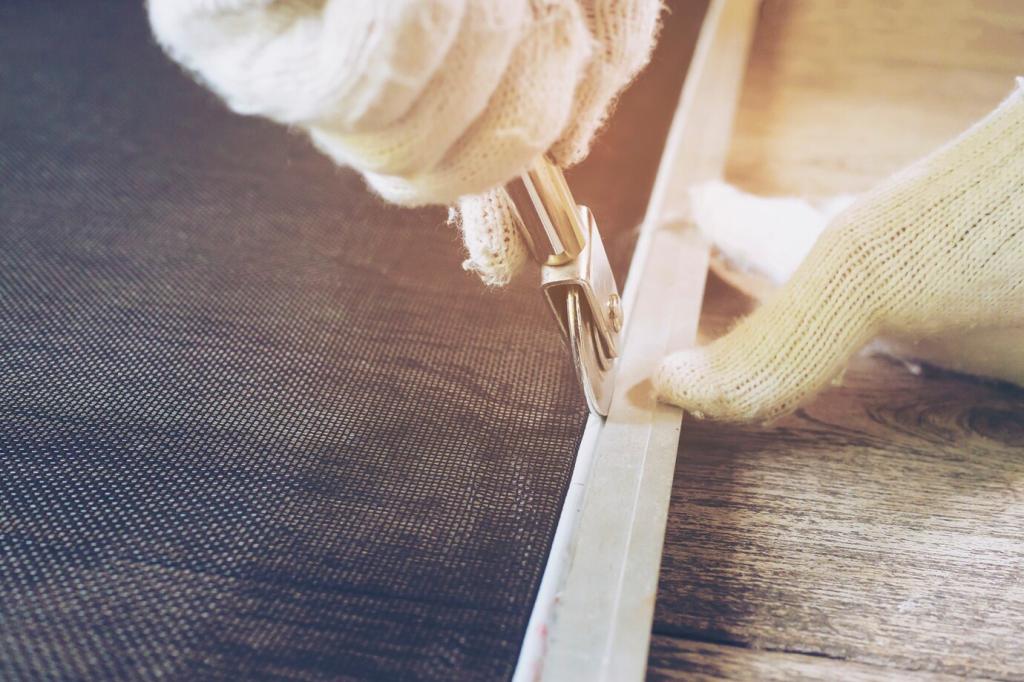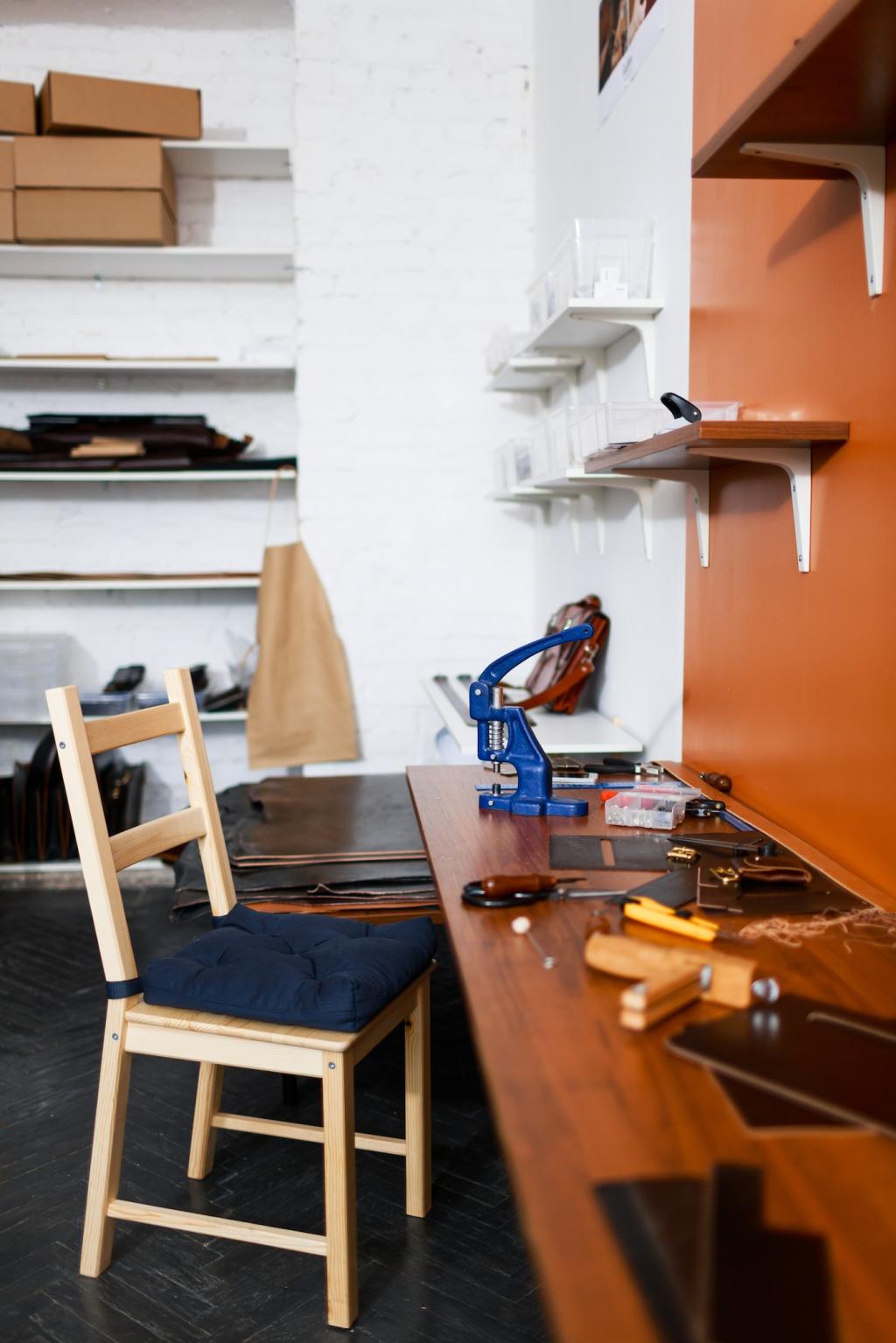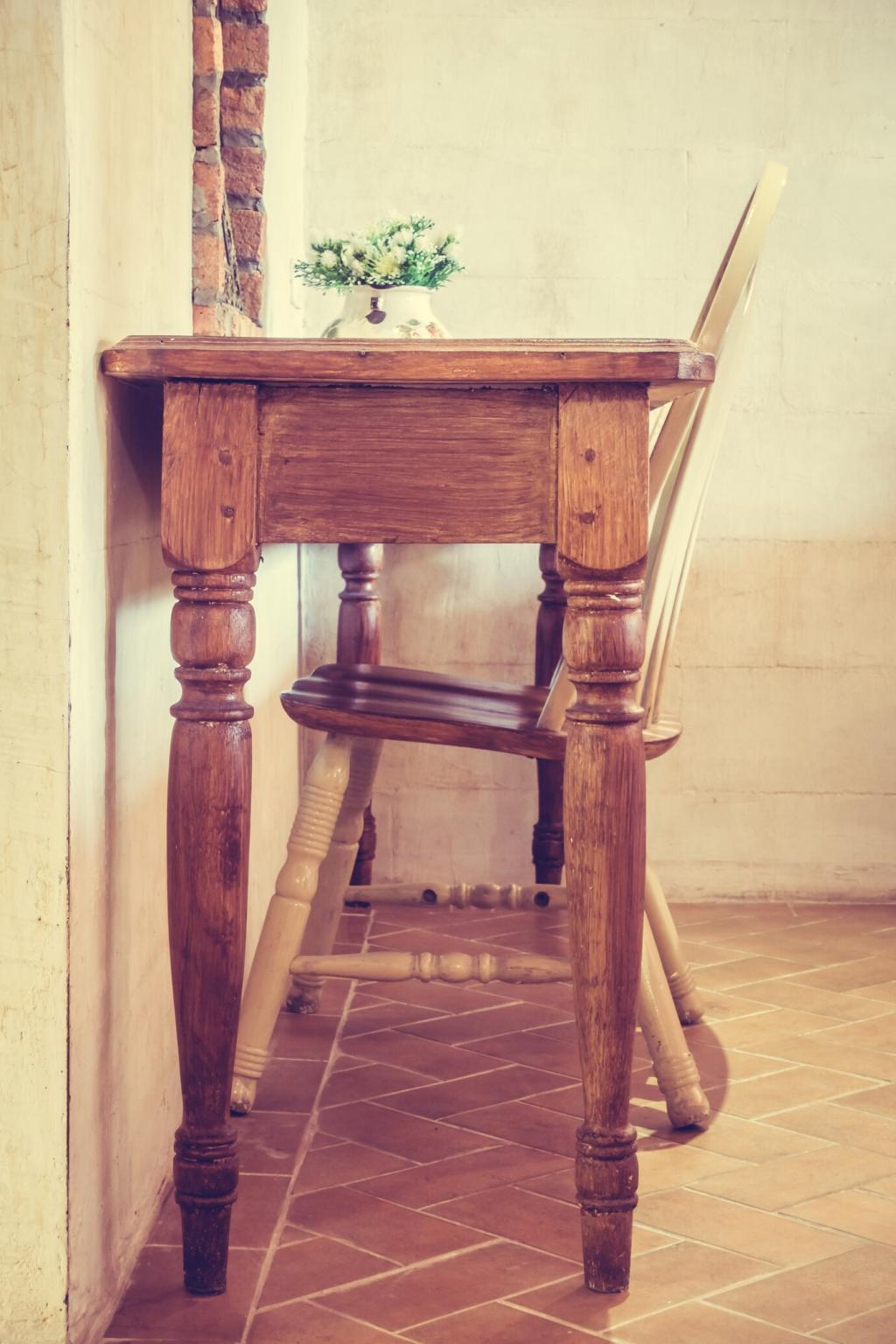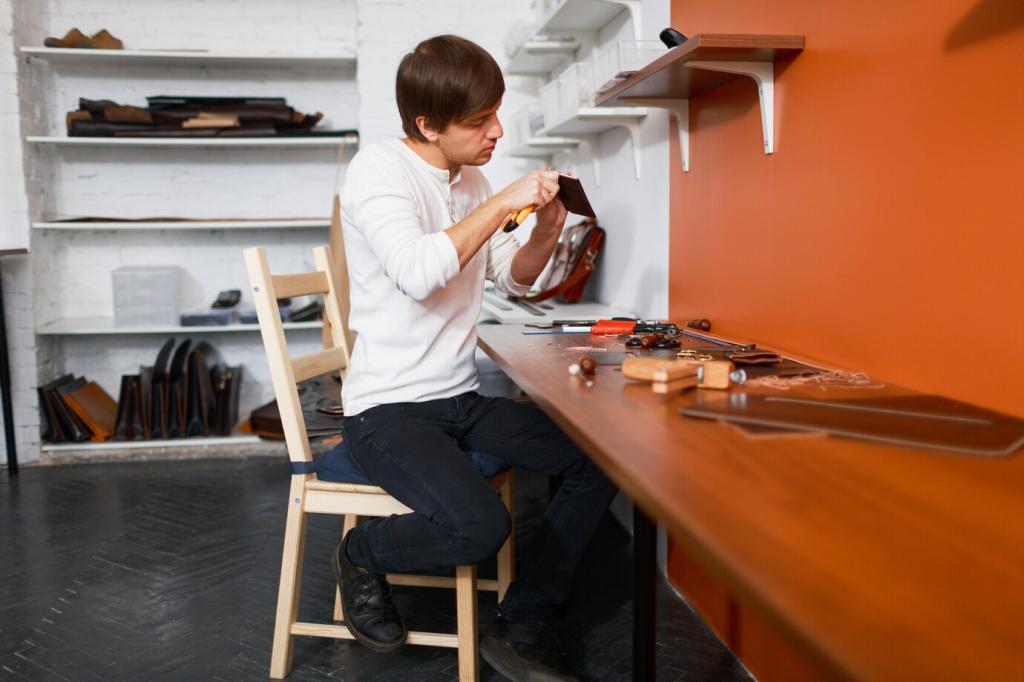Adhesives and Fillers with a Conscience
Protein glues offer excellent creep resistance and, crucially, reversibility with gentle heat and moisture. They are ideal for antiques because joints remain serviceable for generations. Mix granules, maintain steady temperature in a small pot, and clamp with moderate pressure to avoid starving the joint.
Adhesives and Fillers with a Conscience
Casein-based options and responsibly formulated PVAs provide strong bonds with low emissions. Choose products with transparent VOC data and clear open times. Avoid foaming polyurethanes in fine repairs; they can expand uncontrollably. Always clean squeeze-out quickly to keep surfaces ready for natural finishes.





